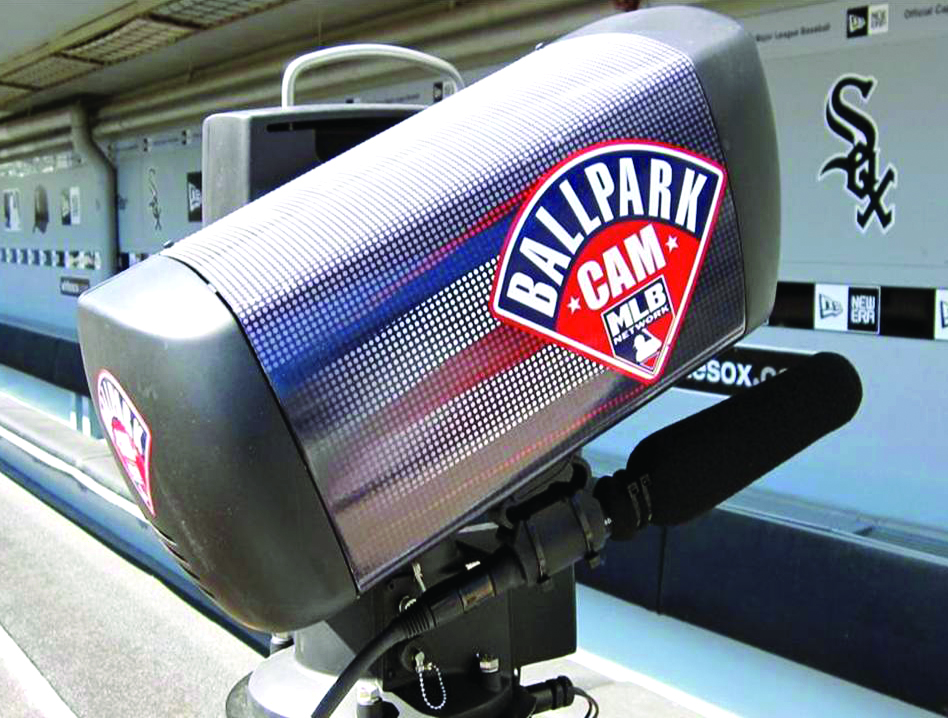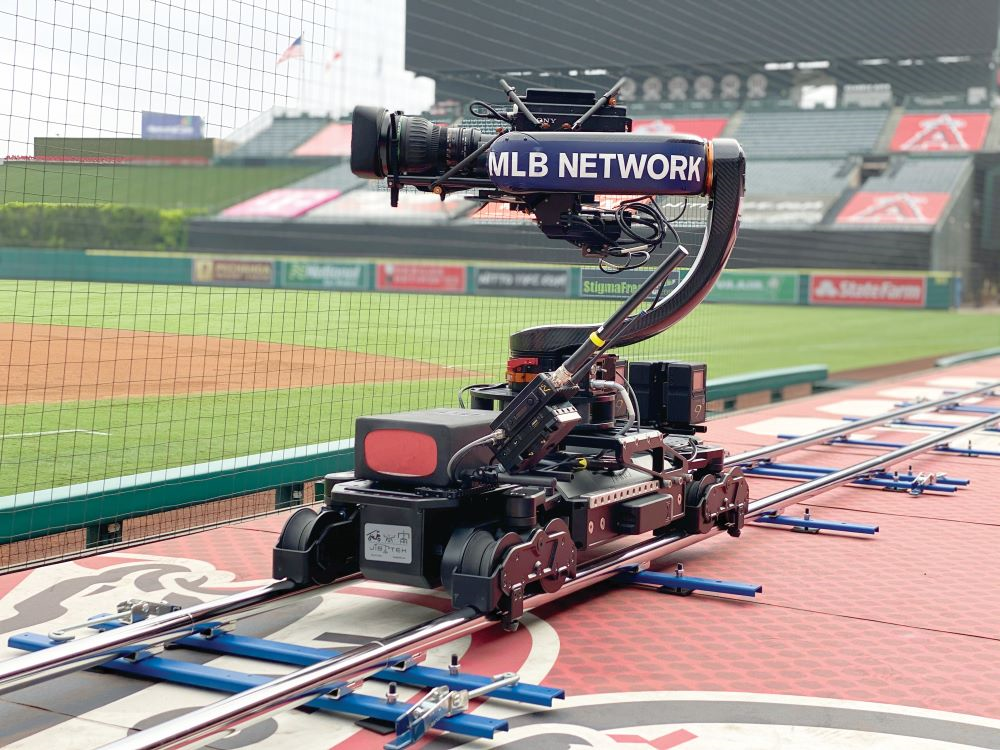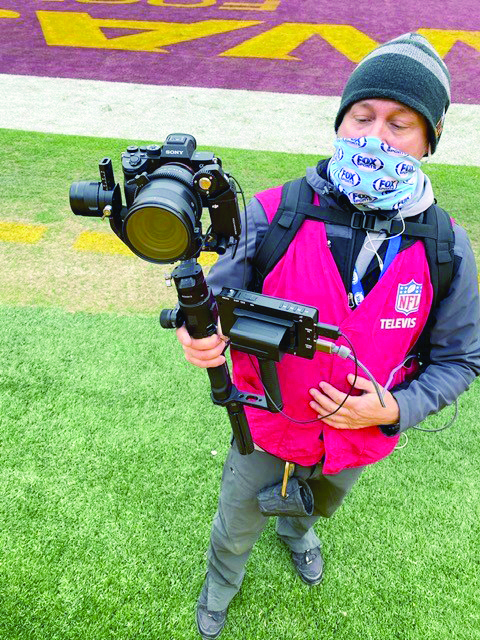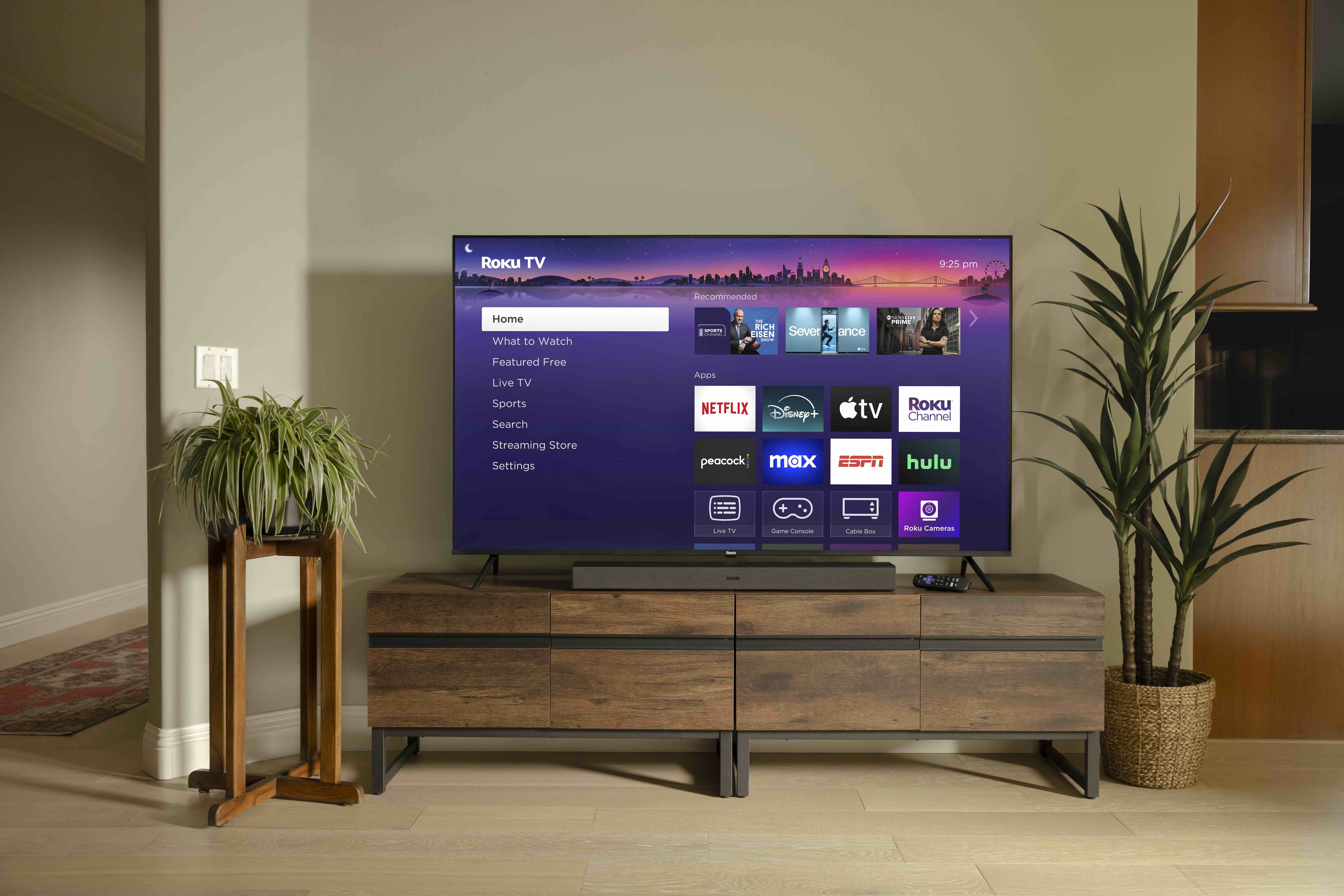MLB: Broadcasters Optimistic for 2021
As fans return to stadiums, media production ramps up

BALTIMORE—While there will hopefully never be another Major League Baseball season like 2020—which included only 60 regular season games, (mostly) piped-in crowd noise, few fans in attendance and scant crew sizes— broadcasters did learn a few new tricks that helped them prepare for the 2021 season and the eventual simmering of the pandemic.
At the time, they weren’t thinking that some of their adjustments that were made necessary by COVID-19 might end up accentuating their broadcast options for 2021 and beyond.
HOME WORK
For instance, for 2021, the MLB Network is toying with adding more virtual reality, which it dabbled in during batting practice at the 2020 World Series, according to Susan Stone, senior vice president of operations and engineering. “It’s still in the vetting stage, so we’ll see where it takes us,” she said.
That’s just one way to lure eyeballs to the screen of the viewer’s choice. “During COVID-19, broadcasters have had the opportunity to use technology in different ways and try new solutions,” Stone said. “Before, we would have dipped our toes into cloud-based technologies when we consider our content and programming. Today, however, we have many systems to engage fans.”
Stone pointed out how BitFire, a managed service that allows bandwidth adjustments in reaction to fluctuations, was used during the NHL Draft (from the production facility it shares with NHL Network, in Secaucus, N.J.) and is now being used at MLB Network. “It’s like a souped-up Zoom,” Stone said. “Plus, many of our talent have in-home technology, like PTZ cameras, that capture broadcast-quality video.”
MLB Network uses two setups: one with a server with Sony SRGX-400 PTZ cameras; the other with analysts joining the broadcast via their Chromebook, using BitFire. “That gives us stability,” Stone said. “A year ago, guests would be connected via Facetime or our MLB Ballpark Cams, since we have at least two in every park.”
While these tools had been in use, “we didn’t rely on them as we do now,” said Jake Soto, vice president of engineering and information technology for MLB Network. “It’s given us more options to have talent and guests on the air, with greater flexibility.”
Get the TV Tech Newsletter
The professional video industry's #1 source for news, trends and product and tech information. Sign up below.
That “greater flexibility” has given MLB Network some different looks, “even sometimes from a [player’s] car,” Stone said. “The result is obtaining additional content by presenting players in a different fashion. And everyone is fair game if they have strong internet.”
Soto agreed. “When we started doing this, not everyone was comfortable with it. One player even put a garbage can over the camera. But now, everyone wants to be on the air.”
NIXING LATENCY

Another promising innovation is “SpeedCam,” which was used last year on two “MLB Network Showcase” telecasts. It was mounted atop the first base dugout to measure the time the batter took to reach first base; ironically, the dearth of fans last year allowed for its unobtrusive introduction. It’s comprised of an RF-connected Sony P1 camera attached to a Jib Tek tracking dolly with a G1 Shotover gimbal. It’s part of MLB Network’s effort to capture better shots with smaller, less intrusive setups.
Elsewhere around the ballparks, the network is replacing 20 centerfield “BallPark Cams” with Panasonic AW-HR140 PTZs, according to Soto, who adds that “those same cameras are in home dugouts in most parks, [plus] six away dugouts. Using the same model helps with the economy of scale, maintenance and repair.”
MLB Network has 12 of the same cameras in press rooms, plus a smattering of Sony SRG-X400s. It’s also employing cloud-based graphics with Singular, which offers a producer template filter delivered over IP as HTML 5. “We convert them to a computer into SDI,” said Soto, for insertion into the programming.
MLB Network engineers also came up with return feeds for talent to get rid of latency by using the Larix Player app, Soto added.

“That solved an issue we had for 12 years when we aired Yankees or Mets games that were blacked out locally,” he said. “We’d tried to use Slingbox or a private stream; that meant a couple of people could watch, but not 10. Today, what started with four channels has evolved to 20 via an encrypted SRT stream that plays on most devices.
“That,” he said, “was a game changer.”
IT'S THE WORKFLOW
Back to robocams, it makes sense that they have come to the fore in these days of smaller crews and budgets. “We’ll certainly be taking advantage of the robocams, our own and those of RSNs, which usually come from Fletcher Group/NEP Group,” said Paul Horrell, remote operations manager for ESPN.
ESPN is deploying five super slo-mos [four Sony 4300s and one Sony 4800 as the UltraMo high frame rate camera] for “Sunday Night Baseball,” Horrell added.
“They’ll be located at low third and at other spots around the ballpark [depending on] COVID-19 concerns,” he said.
ESPN will use its remote integration model (REMI), with all content fibered back to the company’s Bristol, Conn., headquarters for the edit. REMI came to the fore in 2020 and has obviously been much safer to deploy during the pandemic.
PLUS: ESPN MLB Broadcasts to Be Remote Productions
“We normally have close to 100 total crew and production personnel on site,” Horrell said, “but in early April, we’ll have approximately 25, as we did last season, as part of our Sunday full REMI model. Then we’ll use our Enhanced World FeedREMI on weekdays.”
Sundays last year were always full REMI, with a local crew and local regional sports network truck. But with the pandemic easing, “we intend to bring back our own mobile units,” Horrell said. “For weekdays, we’ll use our truck to deploy two cameras, but still take the world feed from the host RSN truck; Sundays it will be all our truck, with more of the core crew back on site as the pandemic eases.”
As is the case at MLB Network and around the baseball broadcasting world, Horrell hailed the “great tech development” of what he called ESPN’s “Live From Home Group” (LFH) and the development of infrastructure for talent who work virtually.
As popular and as necessary and even convenient as that’s been, he’s wondering how long it will be before some of the LFH gang start reappearing back at ESPN’s studios in Bristol. “You do lose some of the feel by not having the talent on site,” he said.
Back on the field, the return of fans to the ballparks may cause a new issue.
“They’ll be back in pods, with proper distancing,” Horrell said, “but they may be near our lower camera positions. As for last season’s artificial crowd noise, the initial 10–20% capacity crowds might suffice for our needs during the slow walk back, so the extra noise might become a sweetening thing this season.”
But what’s really new about broadcasting baseball this season, said Horrell, is the workflow.
"As the pandemic eases, that, too, will change," Horrell said. "By the All-Star Game, our approach may be a bit different, as it may also be a month later for the Little League World Series.
“It’s interesting to me that it took a pandemic to show us what we could do, given the circumstances,” he added. “Through fiber and equipment—and pure will—we were able to keep sports fans engaged and keep sports content on the air.”
PRODUCTION NEUTRAL
For OB companies, 2020 was a rough year as the demand for their services plummeted and sports leagues looked for ways to reduce the size of production crews on-site.
“The primary change is the institution of the 'world feed,' which eliminates the need for a second production truck,” said Pat Sullivan, president and owner of Nashua, N.H.-based Game Creek Productions. “Keeping the entire production neutral has saved the RSNs a considerable amount of money that’s normally spent on traveling production teams and announcers.”
Still, Game Creek continued on during MLB’s abbreviated 2020 season, working the short schedule with the Nationals and Orioles (MASN), New York Mets (SNY), Yankees (YES Network), Red Sox (NESN) and Astros (AT&T SportsNet Southwest), as well as ESPN, Turner and Fox Sports.
To accommodate requests from clients to reduce travel, Game Creek engineers created “GCV Anywhere,” an en/decoding system that allows talent and producers to work virtually via the truck. It was used for college football and basketball in 2020 and will be used by some baseball clients for 2021, according to the company.

There is hope that some series in 2021 will be produced with the usual multi-truck setup, such as big series on RSNs (Red Sox-Yankees, Cardinals-Cubs, etc.), and the Saturday Fox national broadcasts and ESPN “Sunday Night Baseball.” Still, it’s “too early to say” how the truck companies can make up the money lost in 2020, Sullivan said.
Representatives for Turner and Fox Sports said the networks were not ready to discuss detailed plans for their coverage of the 2021 MLB season, though Fox Sports spokesperson Erik Arneson offered that the network would be producing “the majority” of its games from Los Angeles again in 2021.
Arneson added that, as part of its regular season lineup, Fox Sports will use two Super Motion (6x) cameras at each of its games along with the EVS XtraMotion system available for the rest of its camera roster, as well as an interesting new toy: "Megalodon," a new handheld Sony a7R IV with a Canon lens owned by its technical director, Jarrod Ligrani.
Mark R. Smith has covered the media industry for a variety of industry publications, with his articles for TV Technology often focusing on sports. He’s written numerous stories about all of the major U.S. sports leagues.
Based in the Baltimore-Washington area, the byline of Smith, who has also served as the long-time editor-in-chief for The Business Monthly, Columbia, Md., initially appeared in TV Technology and in another Futurenet publication, Mix, in the late ’90s. His work has also appeared in numerous other publications.

